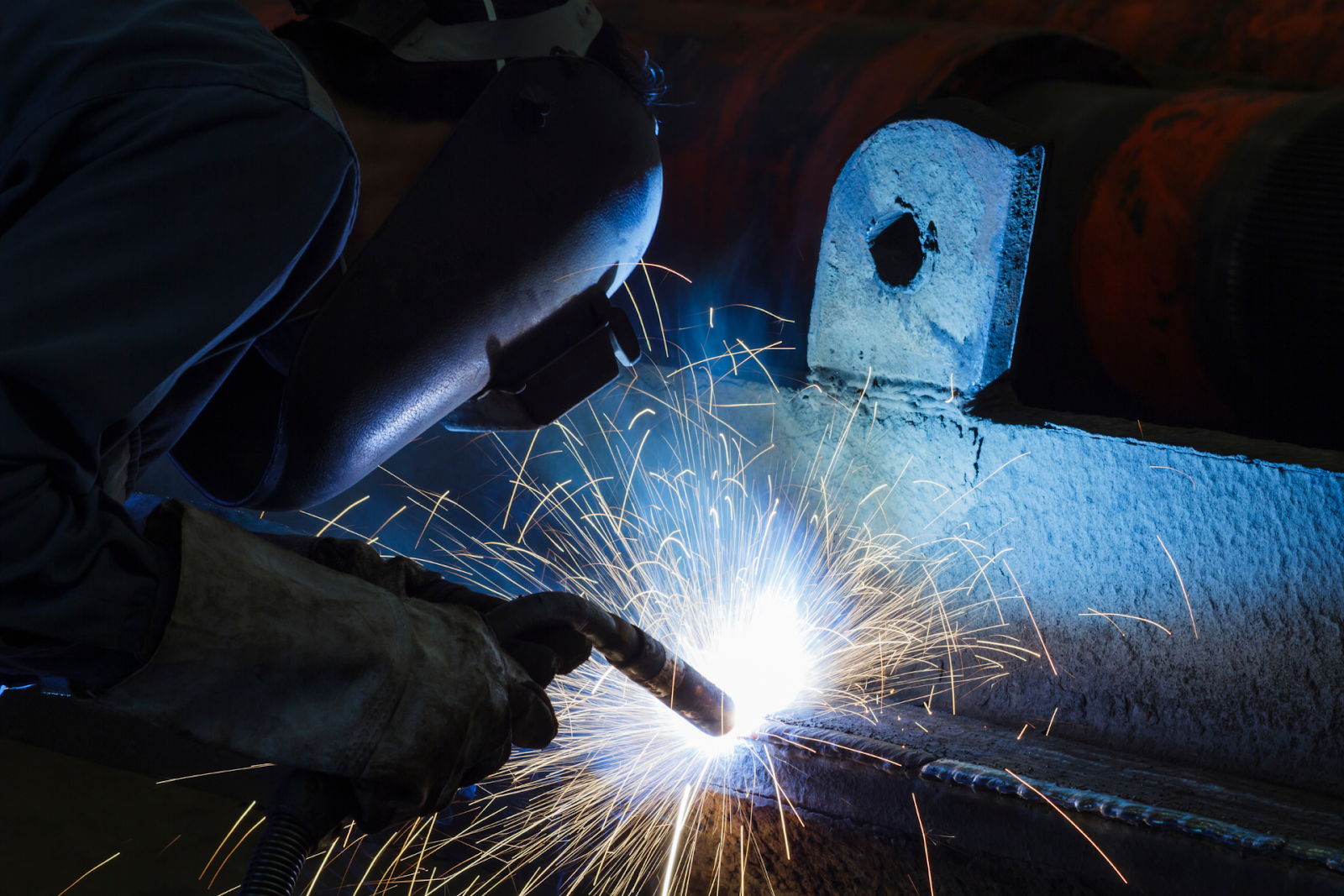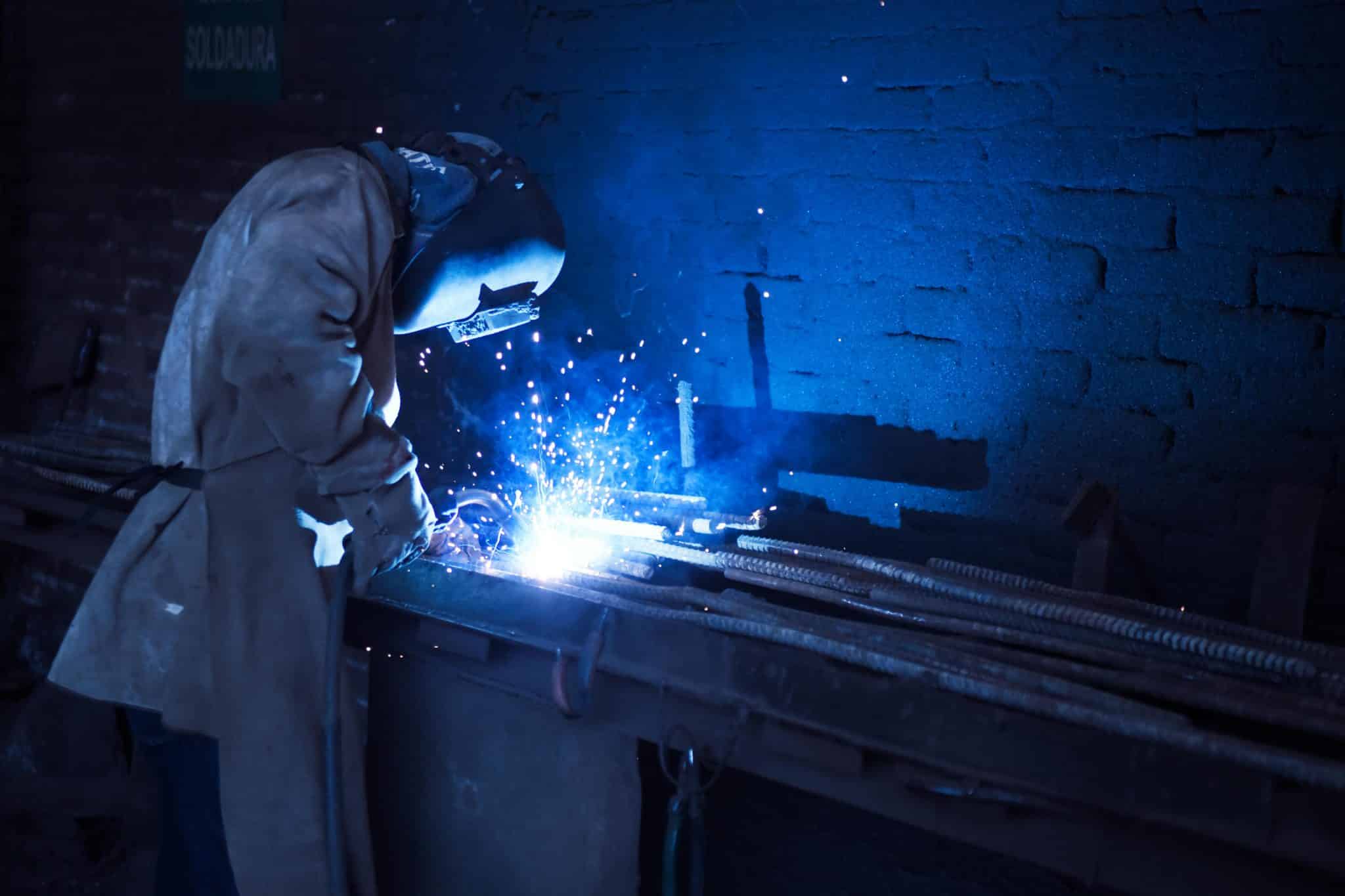Table of Contents

When it comes to welding, choosing the right machine can make or break the quality, speed, and cost-effectiveness of your projects. Among the most widely used methods in fabrication and manufacturing are MIG (Metal Inert Gas) and TIG (Tungsten Inert Gas) welding. But which is the better choice for you?
Let’s break down the key differences:
Understanding MIG Welding
MIG welding is know for its speed and ease of use. It involves feeding a consumable wire electrode continuously through a welding gun, while a shielding gas protects the weld pool from contamination. Because of its semi-automatic or automatic nature, MIG welding is often favored in high-production environments and by users who need to complete long, continuous welds efficiently.
It’s particularly effective when working with thicker materials like carbon steel and mild steel. The learning curve for MIG is relatively short, making it accessible even for novice welders. If your operation prioritizes speed and productivity, investing in a high-quality MIG welding machine from Orbital Fusion can significantly improve turnaround times without compromising strength.
Understanding TIG Welding
TIG welding is all about precision and control. Unlike MIG welding, TIG uses a non-consumable tungsten electrode and requires the operator to manually feed a filler rod into the weld pool. This results in a clean, highly detailed weld with little to no spatter.
TIG welding is especially suitable for thinner materials such as aluminum, stainless steel, and other non-ferrous metals. It’s often used in industries where appearance matters as much as performance—such as aerospace, automotive, and even custom metal art. While TIG welding generally takes more time and skill to master, the results speak for themselves.
For applications that demand finesse and quality, a TIG welding machine from Orbital Fusion Technologies offers the precision and reliability needed for exceptional results.
Which One Is Right for You?
Choosing between MIG and TIG welding ultimately comes down to your specific use case. If you’re working with thick materials and need to get jobs done quickly with minimal complexity, MIG welding is likely the better option. It’s faster, easier to learn, and well-suited for general fabrication and construction projects.
On the other hand, if your work involves delicate joints, thinner metals, or a flawless finish, TIG welding is the way to go. It offers a higher level of control and produces cleaner welds, though at the cost of slower operation and a steeper learning curve. Many workshops find that having both types of machines available gives them the flexibility to handle a wider range of projects with ease.
Conclusion
Welding isn’t a one-size-fits-all process, and the best results come from choosing the right tool for the job. Whether your priorities lie in speed, precision, material type, or weld appearance, understanding the differences between MIG and TIG welding can help you work more efficiently and produce better outcomes.





